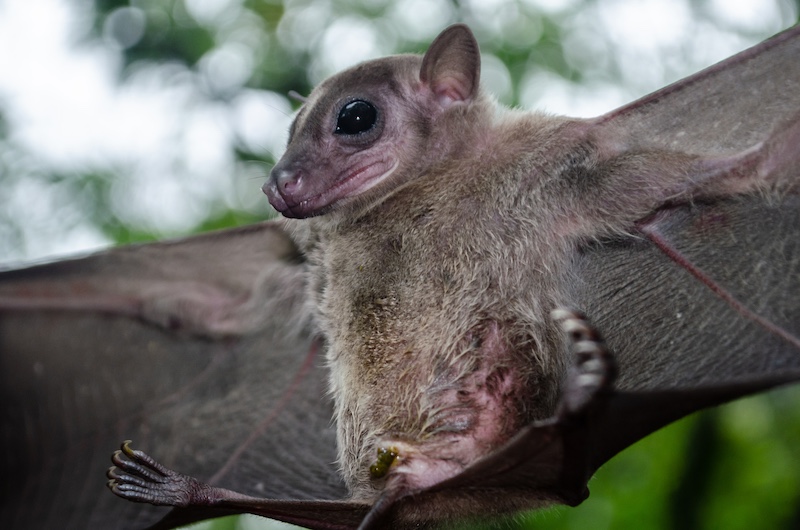Bats are often misunderstood creatures, yet they play a vital role in our ecosystem. These nocturnal mammals have fascinating abilities and traits that make them unique in the animal kingdom. Here are 10 interesting facts about bats that may surprise you.
1. Bats Are the Only Flying Mammals
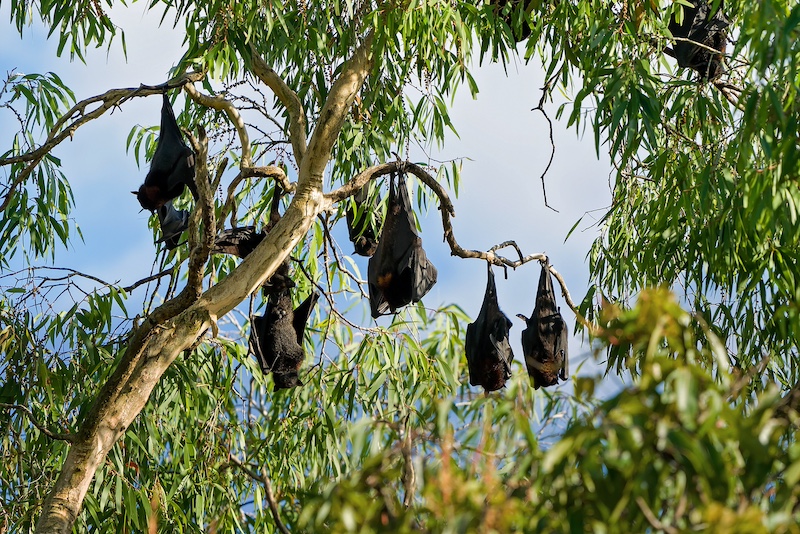
While other mammals like flying squirrels can glide, bats are the only mammals capable of true flight. Their wings are essentially modified hands, with long fingers connected by thin membranes of skin. This allows them to fly with agility, making them skilled hunters in the air.
2. Bats Use Echolocation to Navigate
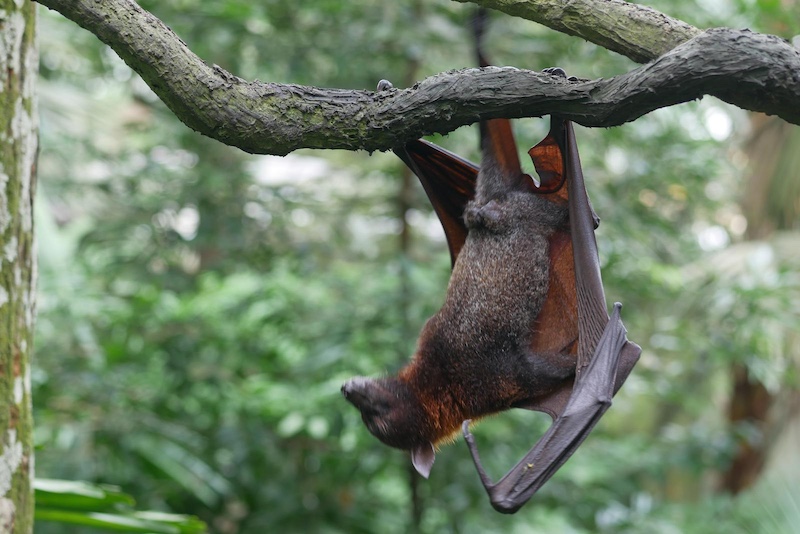
One of the most remarkable abilities of bats is their use of echolocation. Bats emit high-frequency sounds that bounce off objects in their environment. By listening to the echoes that return, they can “see” their surroundings, locate prey, and avoid obstacles, even in complete darkness.
3. There Are Over 1,400 Species of Bats
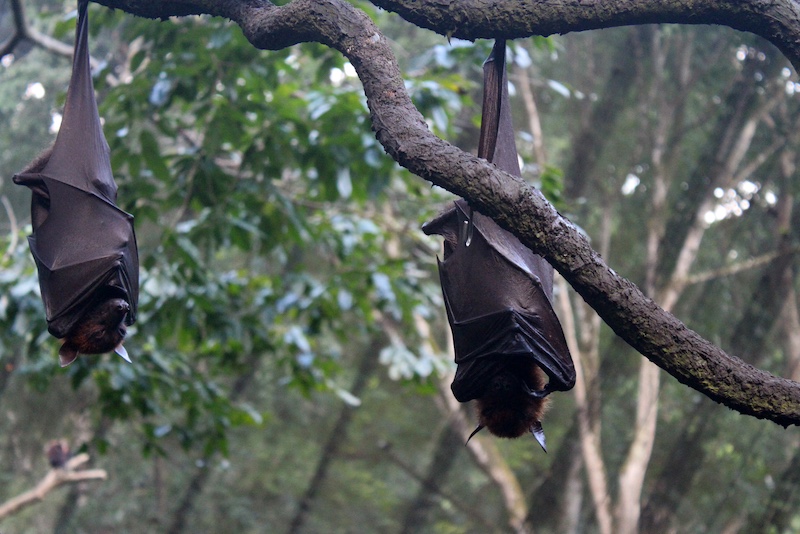
Bats are incredibly diverse, with more than 1,400 species found around the world. They inhabit almost every part of the globe except for extreme deserts and polar regions. These species vary greatly in size, diet, and behavior, making bats a versatile and widespread group of animals.
4. Bats Can Consume Their Body Weight in Insects
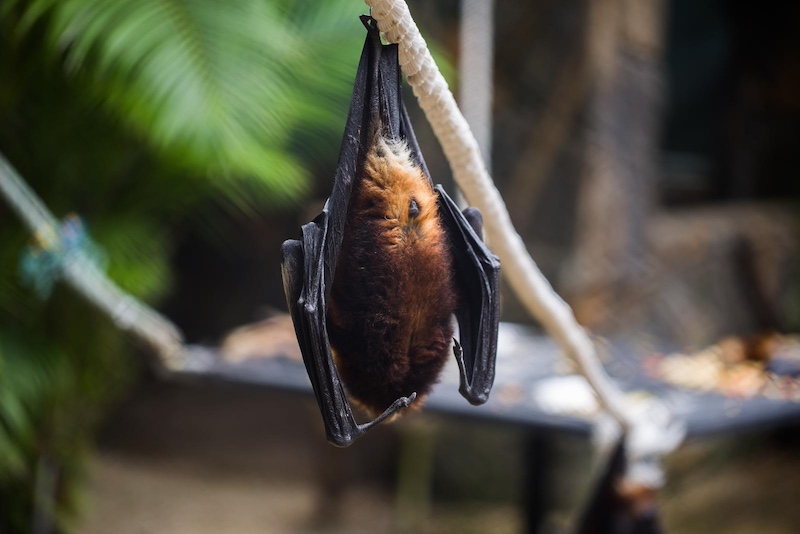
Many bat species are insectivores, and some can consume their own body weight in insects in a single night. This makes them vital for pest control, as they help reduce the populations of mosquitoes, moths, and other insects that can damage crops or carry diseases.
5. Not All Bats Are Nocturnal
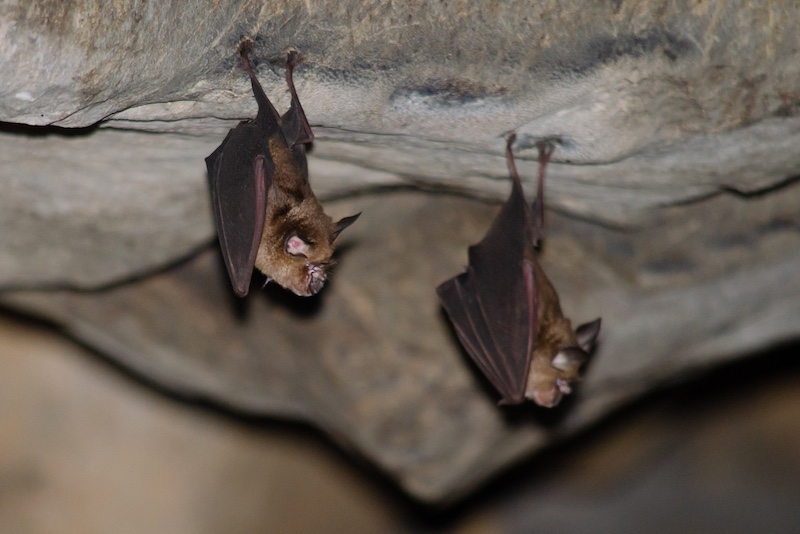
While most bats are active at night, not all species are strictly nocturnal. Some are crepuscular, meaning they are most active during twilight hours, at dawn or dusk. However, bats are rarely active during the day, as they rely on their sensitive echolocation and prefer the cover of darkness to hunt.
6. Bats Are Essential Pollinators
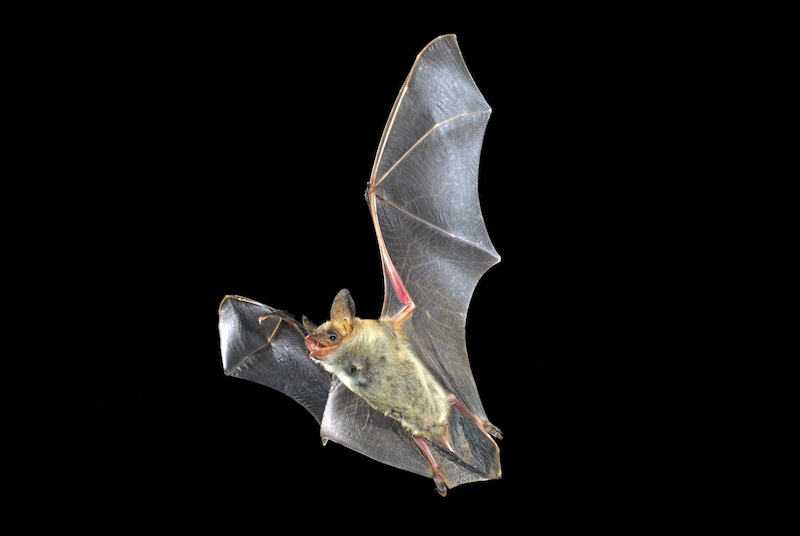
Bats aren’t just important for pest control; they also play a crucial role in pollination. Some species, particularly in tropical regions, feed on nectar and pollen. As they visit flowers to feed, they help pollinate plants, contributing to the reproduction of over 500 species, including fruits like bananas and mangoes.
7. Vampire Bats Are Real, But Rare
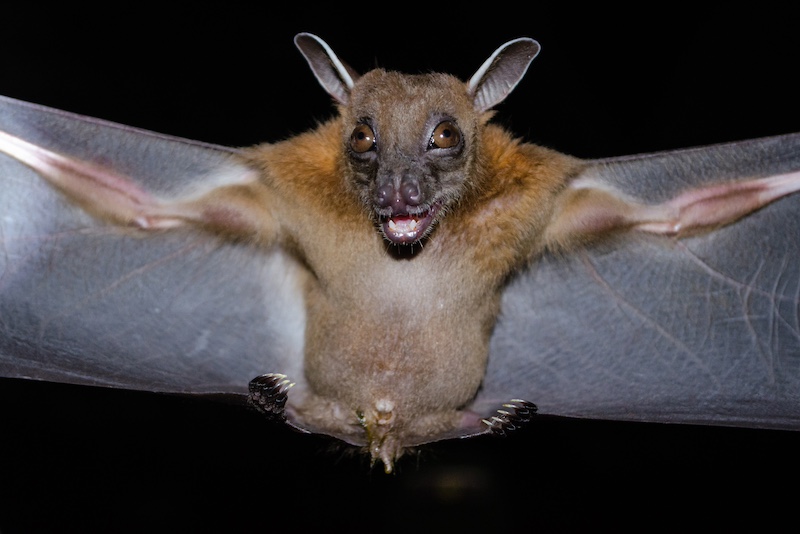
There are only three species of vampire bats, all found in Central and South America. Unlike the terrifying myths, these bats don’t drain large animals of their blood. They make a small incision in the skin of their prey, typically livestock, and lap up the blood without causing serious harm.
8. Bats Can Live for Decades
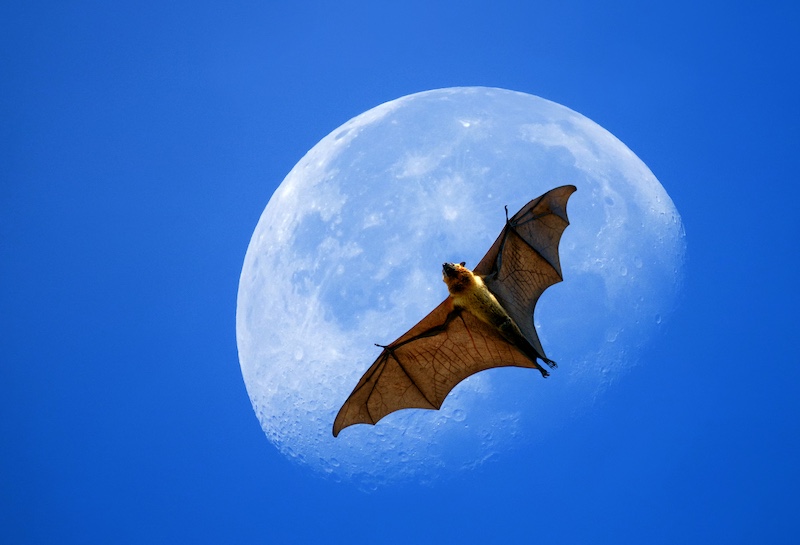
Bats have an impressive lifespan for their size. While most small mammals live only a few years, some bats can live for over 30 years. The oldest bat on record, a Brandt’s bat, lived to be over 41 years old, making these creatures surprisingly long-lived.
9. Bats Are Social Creatures
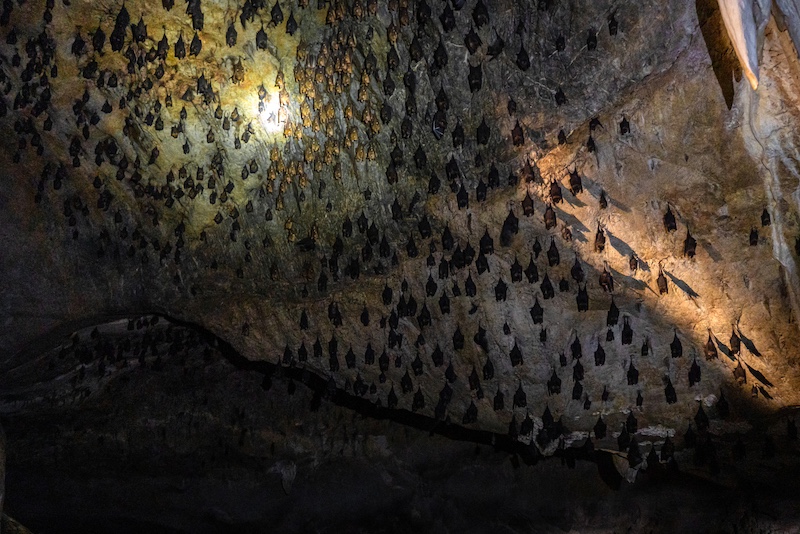
Many bat species are highly social, living in colonies that can number in the thousands or even millions. They communicate using a variety of sounds and social calls, often helping each other find food or navigate their environment. These colonies provide safety in numbers, especially when they roost together in caves or trees.
10. White-Nose Syndrome Is Threatening Bat Populations
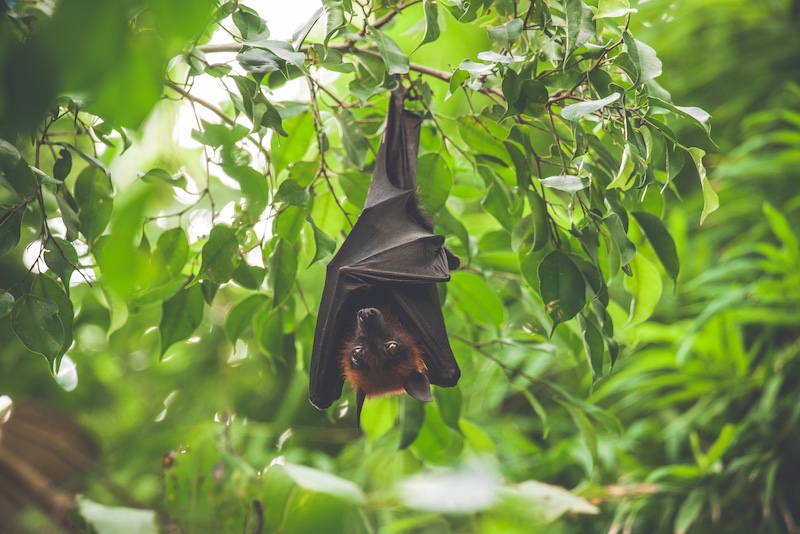
Unfortunately, bats face significant threats from a disease known as White-Nose Syndrome. This fungal infection has devastated bat populations in North America, killing millions of bats since it was first discovered in 2006. Conservation efforts are underway to help protect these vital creatures. Please Note: This content was created with the assistance of AI and thoroughly edited by a human before publishing.

